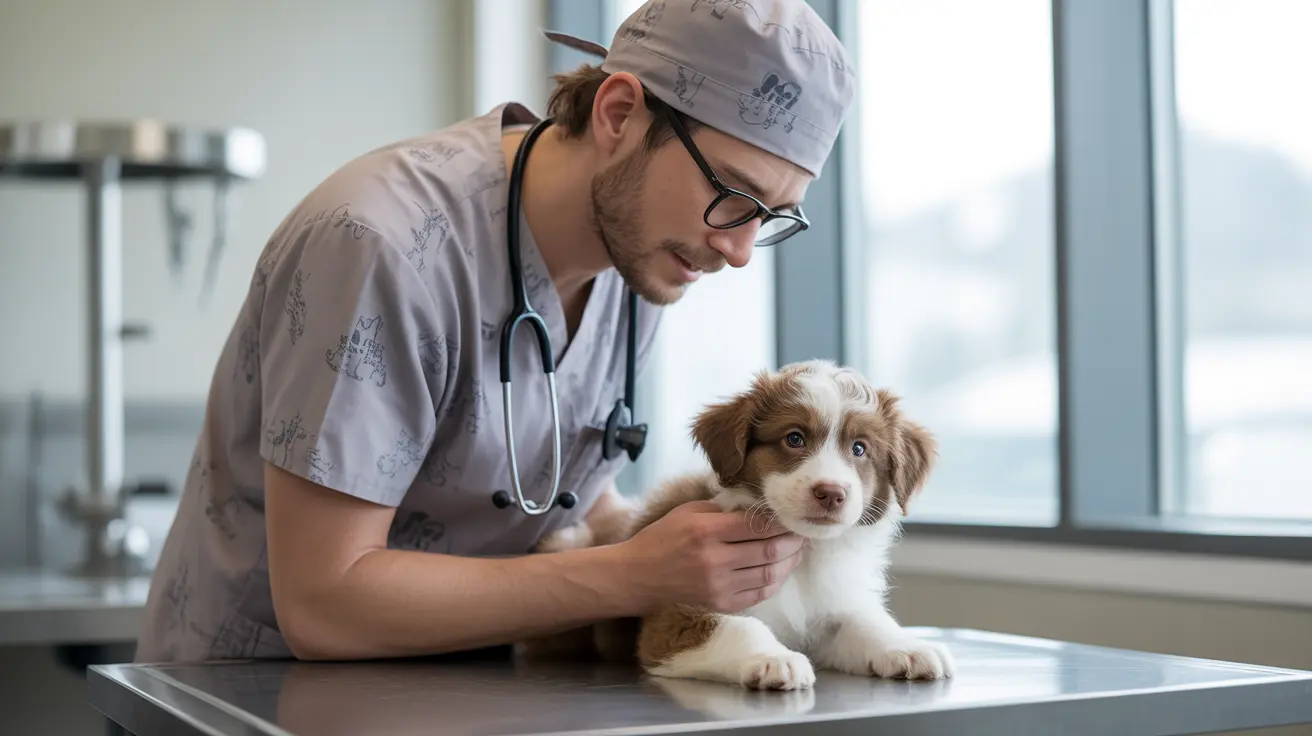In a significant move to address the growing stray animal population, the Mercer County Commission has approved $10,000 in funding from the county's video lottery funds to support Alive Animal Services' spaying and neutering program. This initiative represents a crucial step toward reducing shelter overcrowding and improving community animal welfare through affordable pet sterilization programs.
The funding will directly expand access to low-cost spay neuter services in Mercer County, addressing one of the most effective solutions for long-term animal population control. By investing in preventive measures rather than reactive responses, the county is taking a proactive approach to managing its stray animal population while supporting responsible pet ownership throughout the community.
The Critical Role of Spaying and Neutering in Animal Population Control
Spaying and neutering remain the most effective methods for controlling pet overpopulation and reducing the number of animals entering shelters. A single unspayed female cat can produce up to 180 kittens in her lifetime, while an unspayed dog can have multiple litters per year. These numbers quickly compound, contributing to the millions of animals that enter shelters annually across the United States.
The benefits of spaying and neutering extend beyond population control. These procedures can reduce aggressive behaviors, eliminate the risk of certain cancers, and decrease the likelihood of pets roaming in search of mates. For communities like Mercer County, widespread spaying and neutering can significantly reduce the number of stray animals on the streets.
Addressing Animal Shelter Overcrowding Solutions
Animal shelters nationwide face the challenge of limited space and resources while dealing with continuous animal intake. Overcrowding leads to increased stress for animals, higher disease transmission rates, and unfortunately, higher euthanasia rates when facilities cannot accommodate all incoming animals.
By funding affordable pet sterilization programs, Mercer County is addressing the root cause rather than just the symptoms. This proactive approach helps reduce the number of unwanted litters that might otherwise end up in already overwhelmed shelters. The $10,000 allocation to Alive Animal Services will help ensure more pets receive these essential services regardless of their owners' financial circumstances.
Community Impact and Public Health Benefits
Effective stray animal management extends beyond animal welfare to encompass public health and safety concerns. Uncontrolled animal populations can lead to increased risks of disease transmission, property damage, and public safety issues. Spay neuter public health benefits include reducing the spread of rabies and other zoonotic diseases that can transfer from animals to humans.
Communities with robust spay and neuter programs typically see reductions in animal control costs over time. Fewer stray animals mean reduced expenses for capture, housing, veterinary care, and enforcement activities. The initial investment in prevention often yields significant long-term savings for local governments and taxpayers.
Supporting Responsible Pet Ownership
Pet owners in Mercer County now have enhanced access to affordable sterilization services through this expanded funding. Many pet owners want to spay or neuter their animals but may be deterred by the cost, particularly in areas with limited veterinary services or economic challenges.
Low-cost programs remove financial barriers and make it easier for responsible pet owners to prevent unplanned litters. This accessibility is especially important in rural communities where veterinary services may be limited or require significant travel distances.
Frequently Asked Questions
How does Mercer County's $10,000 funding improve access to spay and neuter services for pets and strays?
The funding allows Alive Animal Services to expand their spaying and neutering program, making these essential services more affordable and accessible to Mercer County residents. This financial support helps reduce the cost barrier that often prevents pet owners from sterilizing their animals, ultimately serving more pets in the community.
Why is spaying and neutering important for controlling stray animal populations and shelter overcrowding?
Spaying and neutering prevent unwanted litters, which are a primary source of stray animals and shelter intake. By sterilizing pets before they reproduce, communities can significantly reduce the number of animals that end up homeless or in overcrowded shelters, addressing the problem at its source rather than managing the consequences.
What impact do spay/neuter programs have on reducing euthanasia rates and animal shelter intake?
Comprehensive spay and neuter programs have been shown to reduce shelter intake by preventing unwanted litters from being born. Fewer animals entering shelters means less overcrowding and reduced pressure to euthanize healthy animals due to space constraints. These programs create a positive cycle where fewer animals need homes, and existing shelter animals have better chances of adoption.
Moving Forward with Community Animal Welfare
Mercer County's investment in spay and neuter funding demonstrates a commitment to long-term animal welfare solutions. This initiative not only addresses immediate concerns about stray animal populations but also sets a foundation for ongoing community animal welfare improvements.
The success of this program will depend on community participation and awareness. Pet owners who take advantage of these affordable services become partners in creating a more humane and manageable animal population in Mercer County, benefiting both animals and residents alike.






